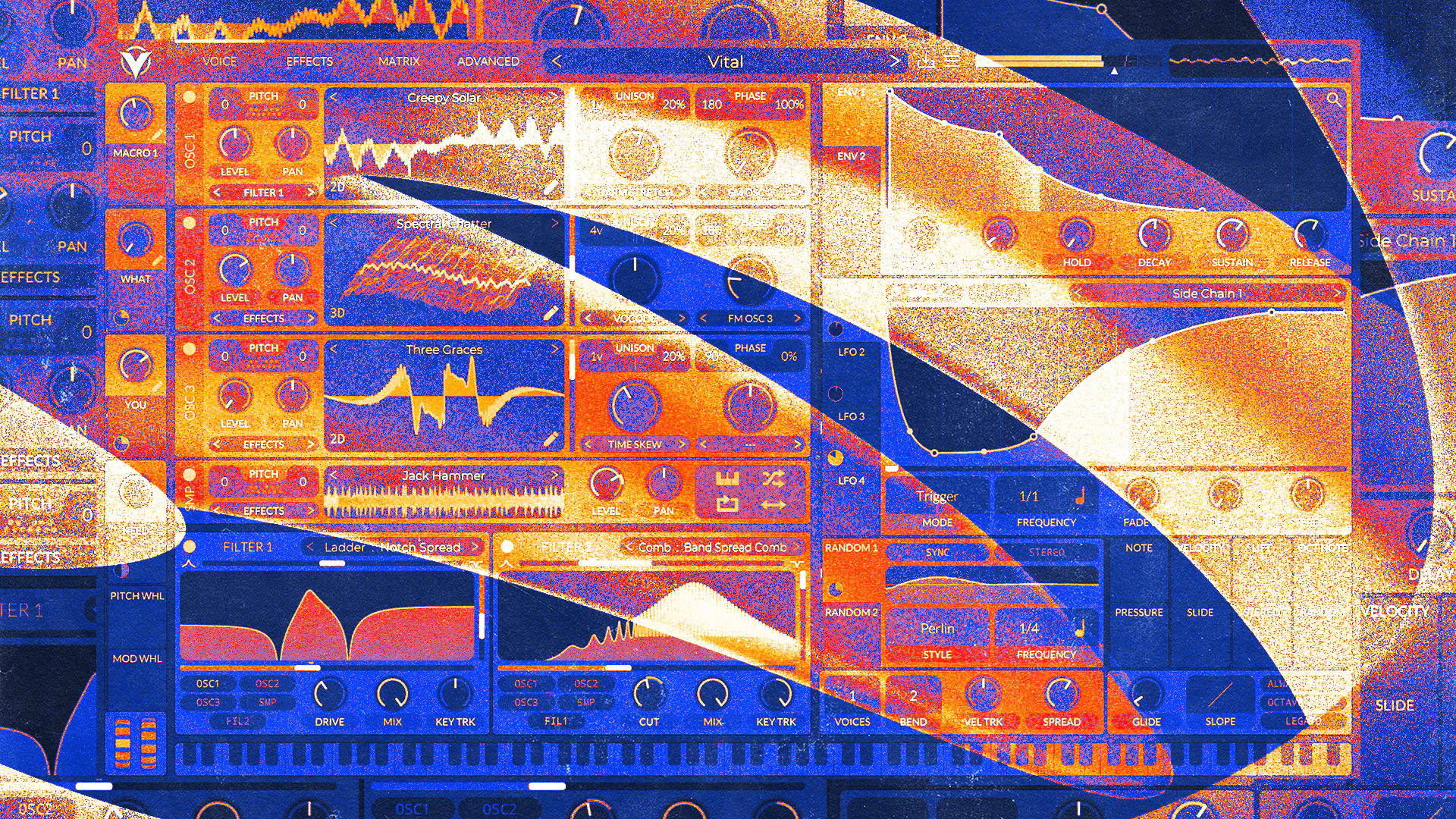
How to Add Texture to Your Tracks With SFX Samples

SFX samples are a key ingredient in your tracks. They’re a great way to add depth and atmosphere and bring unexpected sounds into your productions.
But mixing music with SFX samples isn’t straightforward. Getting the correct texture without overpowering the main elements of your track takes some creative mixing approaches.
In this article I’ll show you how to add texture to your tracks with SFX samples in seven steps.
1. Find the right SFX samples
SFX is a broad category when it comes to samples.
Everything from brief one-shots to entire soundscapes can be considered “SFX.”
Everything from brief one-shots to entire soundscapes can be considered “SFX.”
That means you’ll need to find the right sample for the specific moment in your song.
That’s where the new LANDR Samples comes in. Use the genre, instrument and type filters to browse SFX from the huge library of packs. The perfect sound is out there!
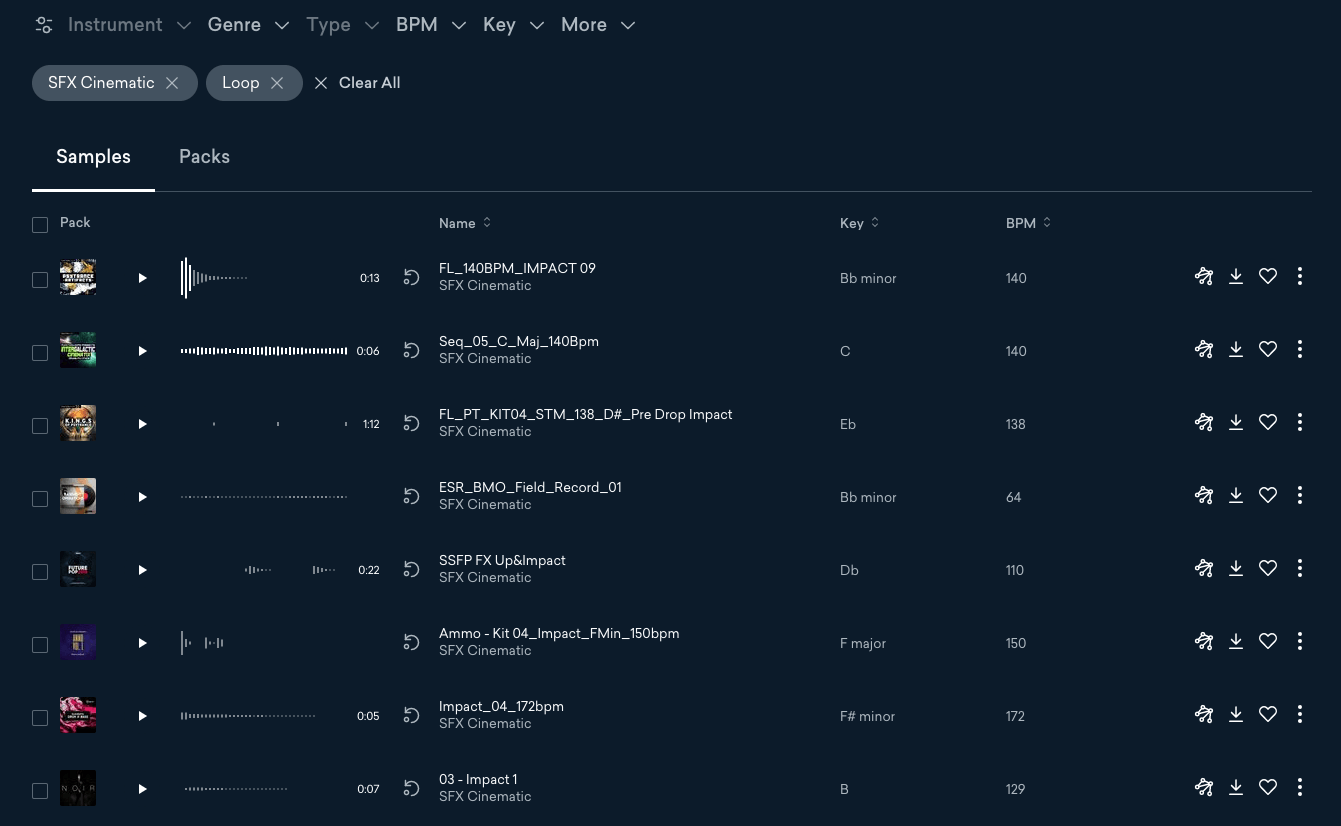
2. Use your sampler’s onboard tone-shaping tools
Modern sampler plugins come with a suite of features for manipulating sample playback.
Adjusting the sample start and end time, pitch transposition, playback direction and resonant filter settings can take you a long way—before you’ve added any other processing!
Changing a sample’s envelope using an ADSR can alter its character a lot. And any sample is completely different in reverse.
The same goes for pitch. Sometimes the grainy artifacts caused by invasive pitch shifting can be just what a sound needs to take on the right feel.
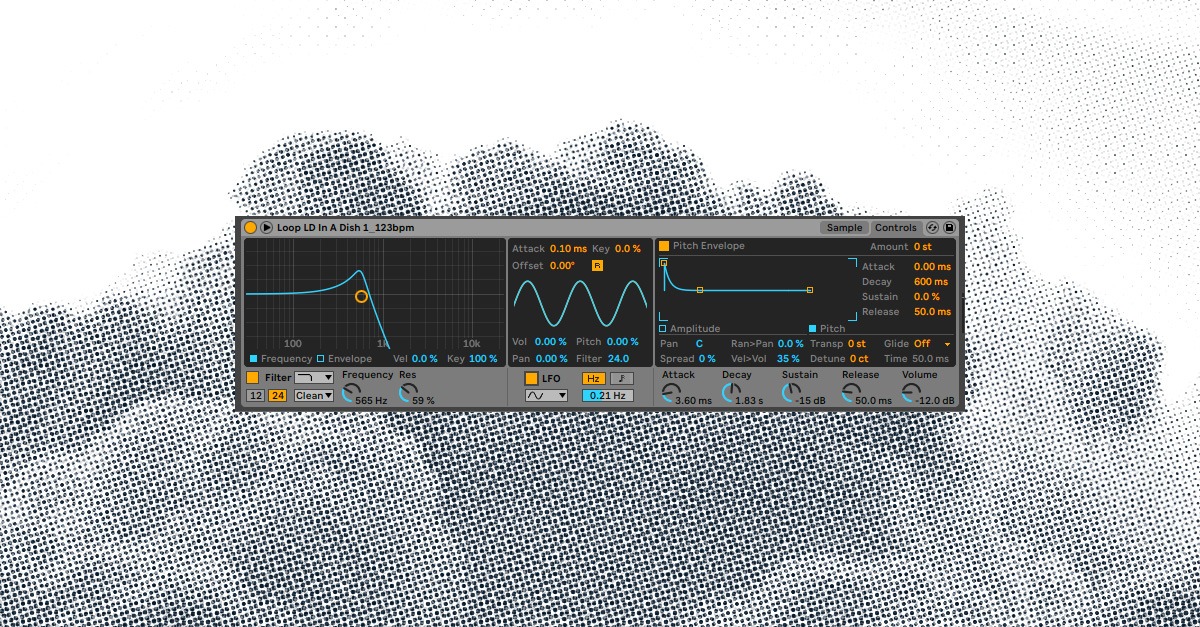
See how close you can get to your perfect SFX sound using just your sampler’s onboard sound-shaping options—you’ll get to effects soon enough!
3. Don’t be afraid to EQ
SFX samples are atmospheric by nature.
You don’t need to worry about preserving the original characteristics of the sample to make it work in context.
Manipulating your SFX sounds with EQ plugins is necessary to blend them in without creating a muddy mix.
But it’s not only about carving out space.
Samples can sound completely different when radically filtered by high-or low-pass filters.
Sometimes even steep notches or bandpasses can showcase a unique selection within a sample’s overall frequency spread.
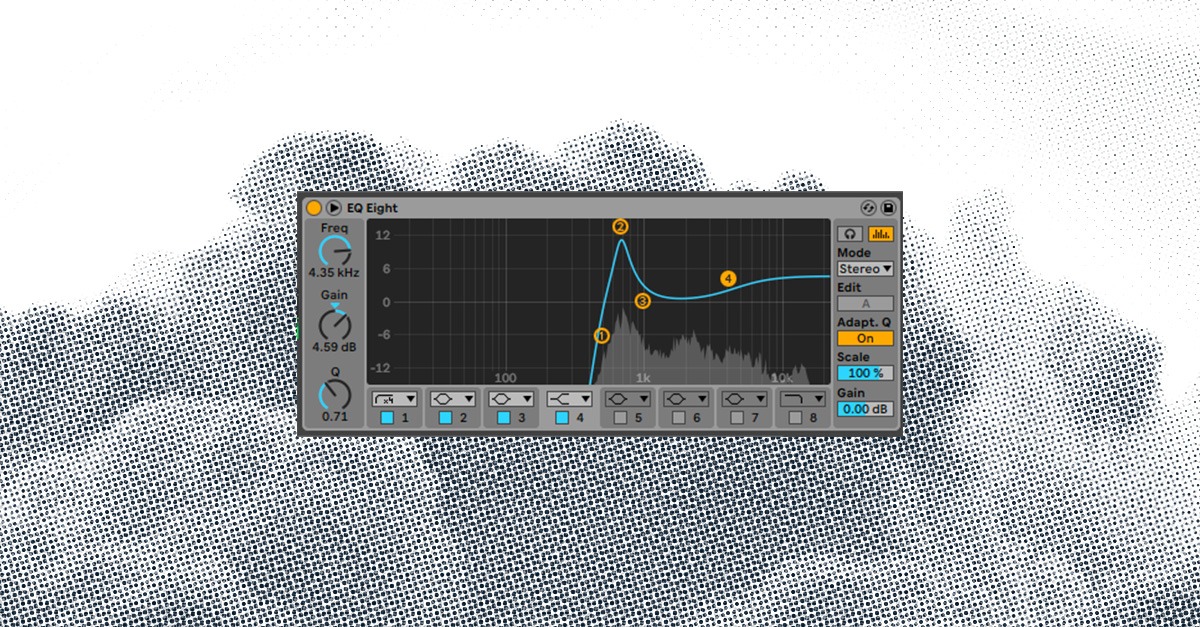
Sometimes even steep notches or bandpasses can showcase a unique selection within a sample’s overall frequency spread.
EQ is a sound design tool—so use it that way!
4. Get creative with effects
Your next most powerful sound design technique is to get creative with effects.
When it comes to working with SFX samples there are no rules.
Whether you want to subtly enhance the sound’s natural character or take into a completely different dimension, using effects is the perfect way to explore.
Experiment with parallel/serial chains and uncommon effects. What happens if you use only the wet signal from your reverb plugins?
Or create cascading delays that persist long after the original sample?
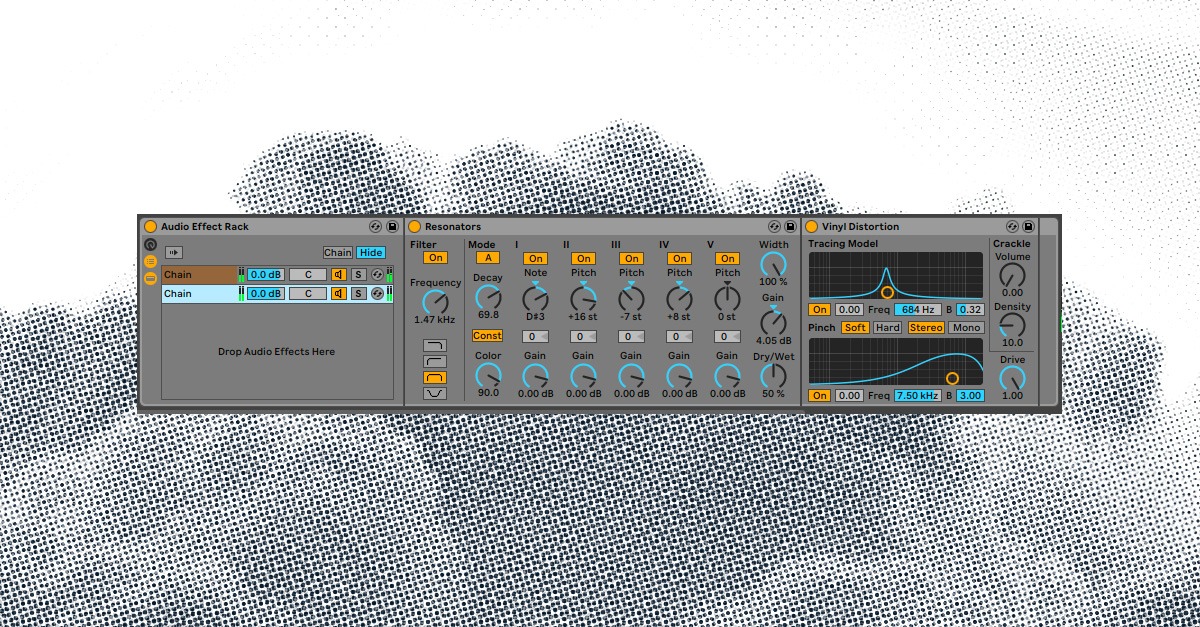
Try every style of modulation you have in your toolbox. Phasers and flangers with rate 0 can act as interesting tone shaping filters.
Subtle chorusing can be perfect for widening the stereo field.
Distortion, overdrive and bitcrushing effects are great in this application as well.
5. Layer SFX samples together
Layering samples is common practice for foundational tracks like kick or snare.
But it’s also highly effective for creating complex, evolving SFX sounds.
Sometimes adding an additional sample is easier and more transparent than making aggressive changes with effects and EQ.
Sometimes adding an additional sample is easier and more transparent than making aggressive changes with effects and EQ.
If your other toneshaping options aren’t taking you where you need to go, try exploring LANDR samples to find additional SFX sounds to layer up.
Once you’re working with two or more samples you have all the tools of traditional mixing at your disposal.
Deciding how to pan and blend multiple SFX samples is a sound design exercise in itself. It basically doubles your possibilities!
6. Sidechain your SFX samples to make room where necessary
So you’ve created a multi-layered SFX patch that’s swimming in effects. Your sound might be getting a bit busy—and distracting from the main elements of the song.
You need your SFX tracks to blend into the texture well enough to add depth and interest without overpowering your rhythmic or melodic foundation.
Sidechain compression is one way to ensure that the kick drum in particular maintains its presence no matter how dense the background gets.
Sidechain compression is one way to ensure that the kick drum in particular maintains its presence no matter how dense the background gets.
This is a classic application of the sidechaining ducking trick.

Route your SFX tracks to a single stereo bus and insert a compressor with a sidechain input on it.
Create a send from your kick drum track and route it to the key input of the SFX bus compressor.
Now the compressor will be “listening” to the kick drum track and reducing the gain substantially at every hit.
Use the threshold, ratio, attack and release controls to fine-tune the timing and intensity of the ducking effect.
Get it just right and your SFX will melt seamlessly into the overall texture.
7. Use automation to fine-tune.
SFX patches are often highly dynamic.
Traditional dynamics processing like compression might not be enough to reign in the dramatic shifts in level across the duration of an expressive sequence of SFX samples.
When all else fails, automation is the best way to ensure that your sounds don’t get out of hand.
When all else fails, automation is the best way to ensure that your sounds don’t get out of hand.
Making level adjustments at the fader level ensures that any variation caused by extensive use of effects can be accounted for without changing the delicate relationships you created during the sound design phase.
Chilling SFX
Great SFX samples can enhance a track’s atmosphere and vibe.
Blending in SFX textures subtly and tastefully takes some strategic mixing.
Try these tips the next time you’re struggling to bring SFX sounds into your music production.
Gear guides, tips, tutorials, inspiration and more—delivered weekly.
Keep up with the LANDR Blog.



